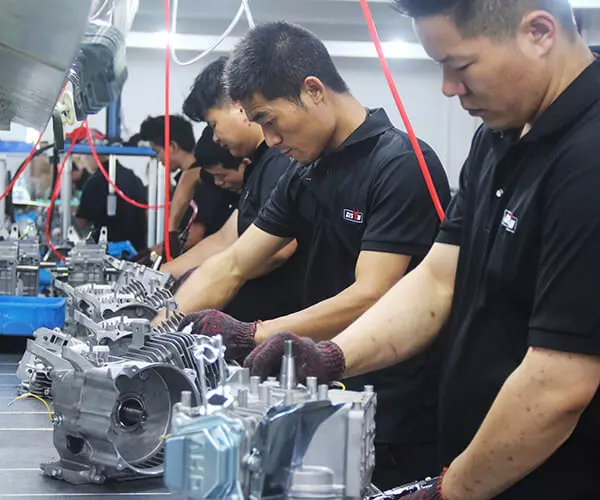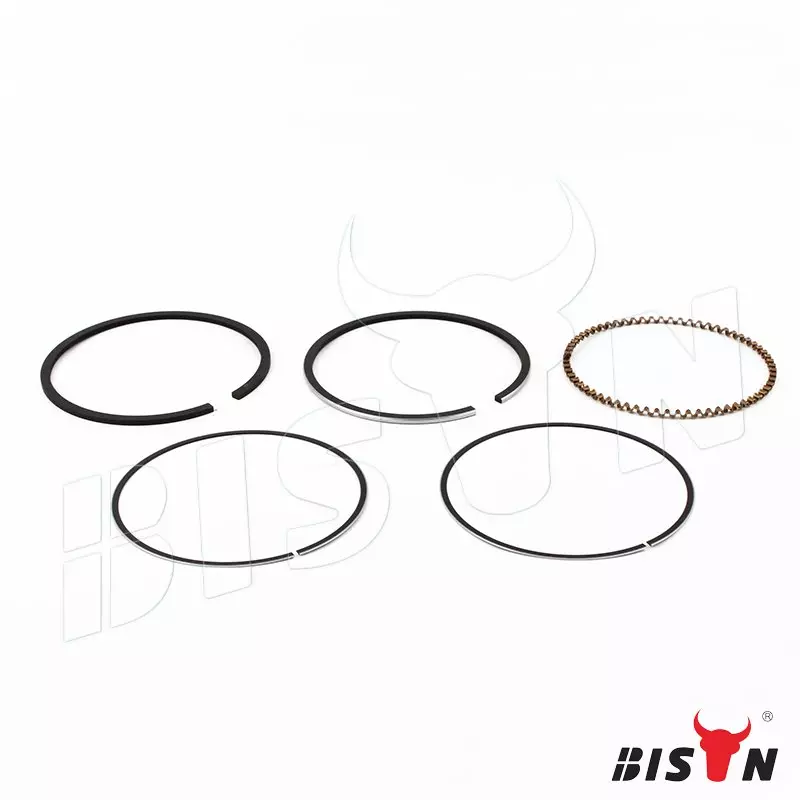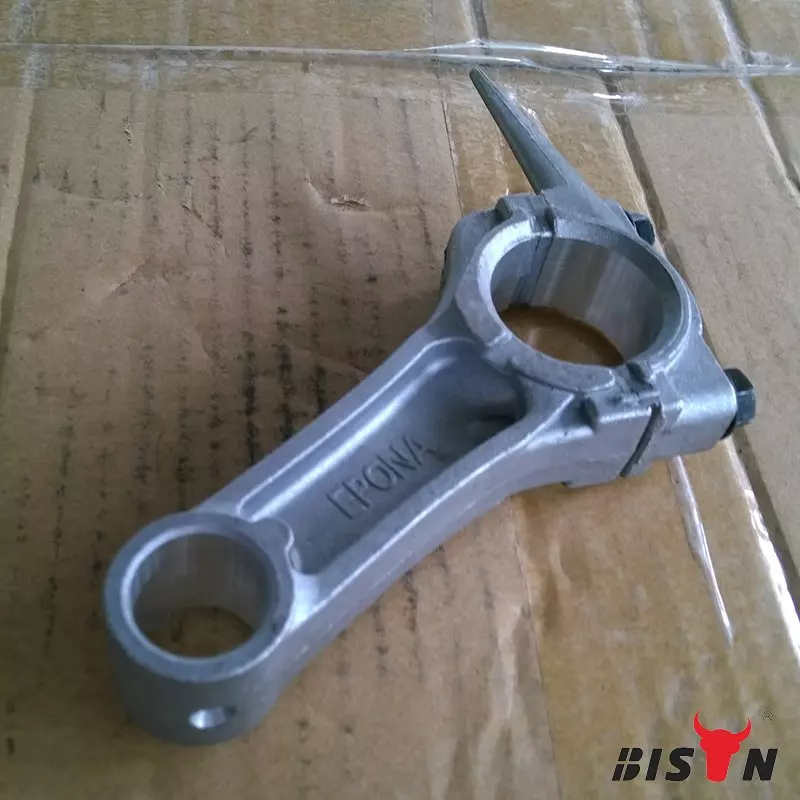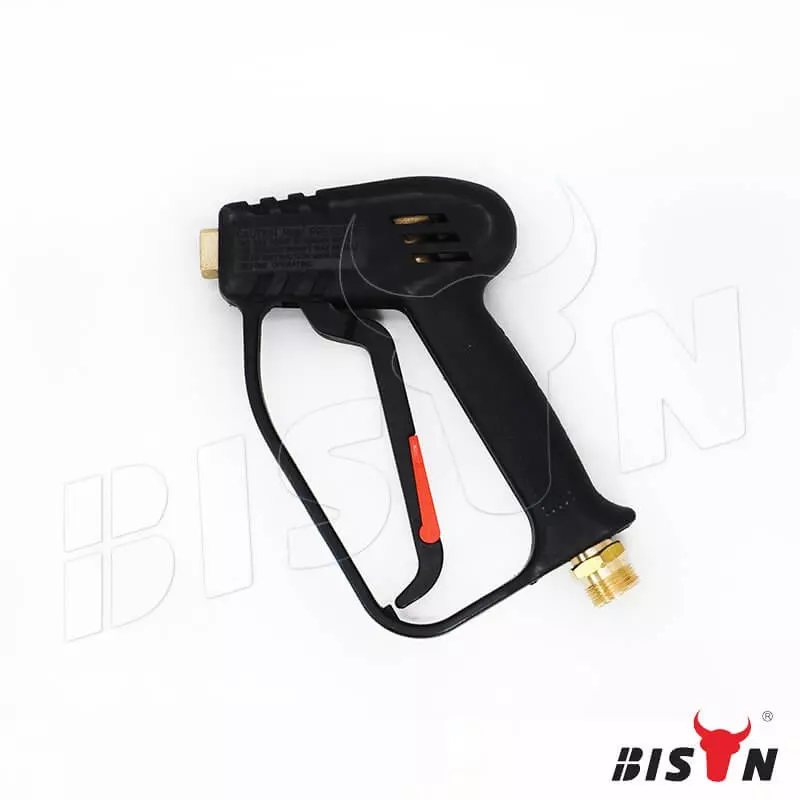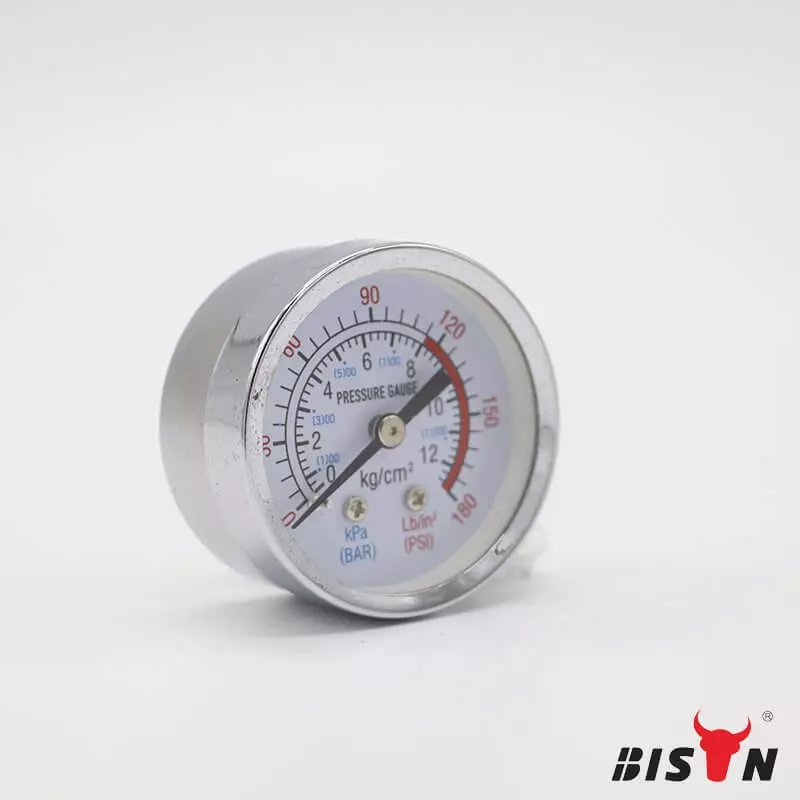

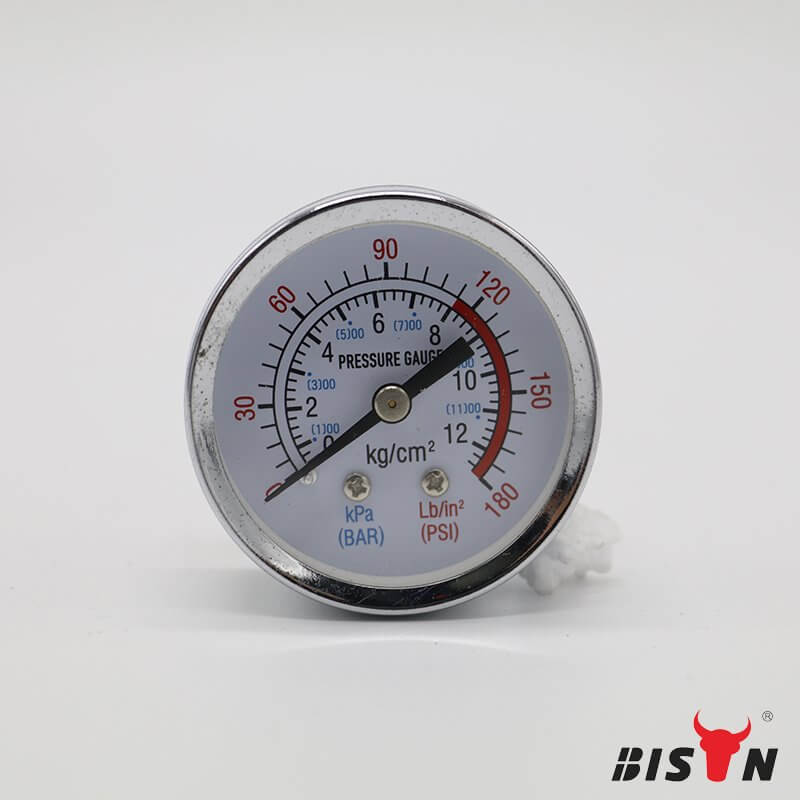
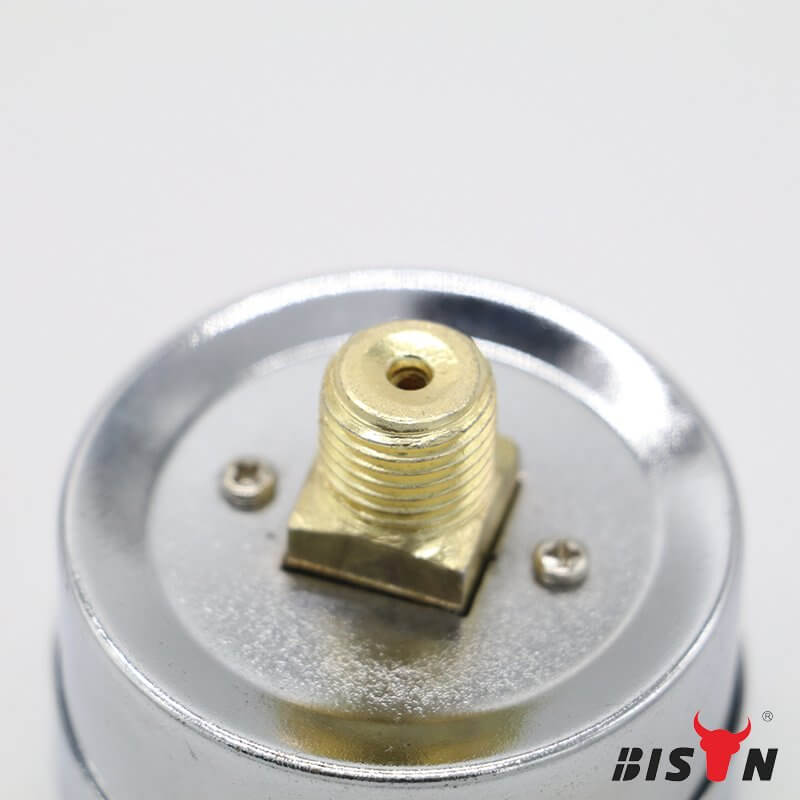
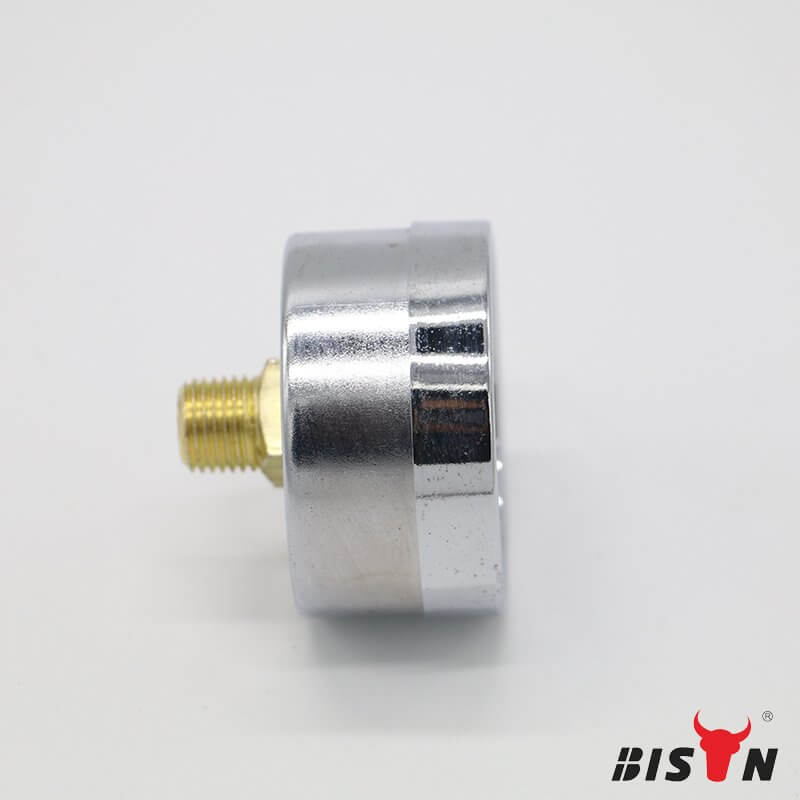

pressure gauge details
Pressure measurement is the analysis of the force exerted by a fluid (liquid or gas) on a surface. Pressure is usually measured in units of force per unit surface area. Many techniques for measuring pressure and vacuum have been developed. Instruments used to measure and display pressure in overall units are called pressure gauge or vacuum gauge. A pressure gauge is a good example because it uses the surface area and weight of the liquid column to measure and indicate pressure. Similarly, the widely used Bourdon gauge is a mechanical device that can both measure and indicate, and is probably the most famous type of gauge.
A vacuum gauge is a pressure gauge used to measure pressure lower than the ambient atmospheric pressure. The ambient atmospheric pressure is set to zero and a negative value (for example: -15 psig or -760 mmHg is equal to the total vacuum). Most meters measure the pressure at zero relative to atmospheric pressure, so this form of reading is referred to as "gauge pressure" for short. However, anything larger than the total vacuum is technically a pressure. For very accurate readings, especially at very low pressures, a pressure gauge with total vacuum as the zero point can be used to give pressure readings on an absolute scale.
pressure gauge Faq
What is pressure gauge used for?
pressure gauge, instrument for measuring the condition of a fluid (liquid or gas) that is specified by the force that the fluid would exert, when at rest, on a unit area, such as pounds per square inch or newtons per square centimetre.
What is pressure gauge and types?
The pressure gauge is also known as pressure meters or vacuum gauges. A device that uses the surface area and weight of a liquid column to measure and indicate pressure is known as a manometer. Most gauges calculate the pressure relative to atmospheric pressure as the zero point.
